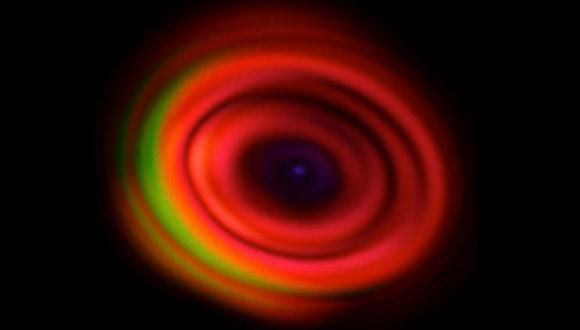LMI Seminar: Routing classical and quantum light by time modulation
Dr. Alexander Poddubny, Weizmann Institute of Science
Abstract:
On-demand generation and controllable routing of light are among the most essential tasks in optics. Here, we discuss the dynamical control of direction and entanglement of emission from time-modulated quantum systems.
We use the interference of photons from emitters, controlled by the periodic modulation of their resonance frequencies in time, as shown in Fig. 1. This interference enables directional photon scattering in forward/backward direction depending on the relative phase of the two modulation tones [1]. Recently, such direction scattering has been realized experimentally for two superconducting transmon qubits coupled to the waveguide [2].
We also develop a general theoretical framework to dynamically engineer quantum correlations and entanglement in the frequency-comb emission from an emitter array [3]. We predict that by tuning the modulation phase it is possible to realize simultaneous bunching and antibunching in cross-correlations as well as cluster states of the scattered photons from different sidebands of the frequency comb. For example, if the modulation tones for two qubits have a π phase shift, two-photon Bell states are generated. Such approach is based on the dynamical conversion between the quantum excitations with different parity symmetry and is quite universal. It can be used to control many-photon correlations in generic dynamically modulated dissipative quantum systems.
[1] A. V. Poshakinskiy and A. N. Poddubny, Optomechanical Kerker Effect, Phys. Rev. X 9, 011008 (2019)
[2] Redchenko et al., Tunable directional photon scattering from a pair of superconducting qubits, Nature Communications 14, 2998 (2023),
[3] Ilin et al., Frequency combs with parity-protected cross-correlations and entanglement from dynamically modulated qubit arrays, Phys. Rev. Lett. 130, 023601 (2023)


